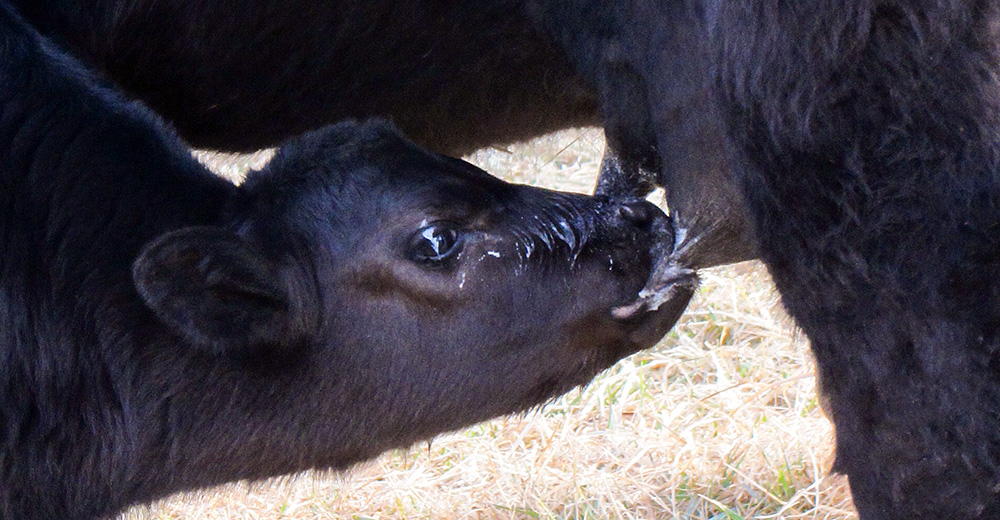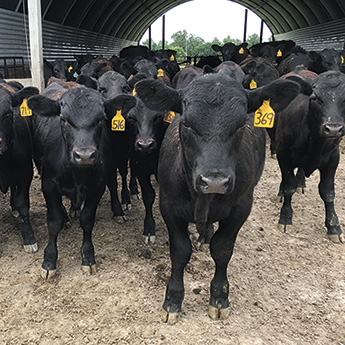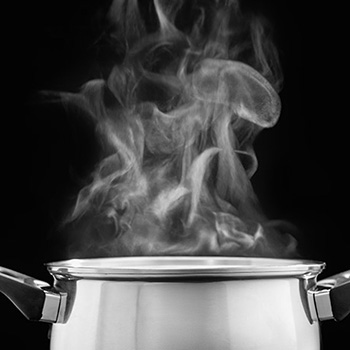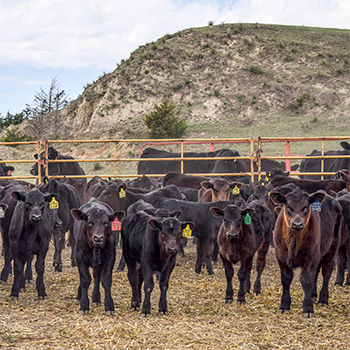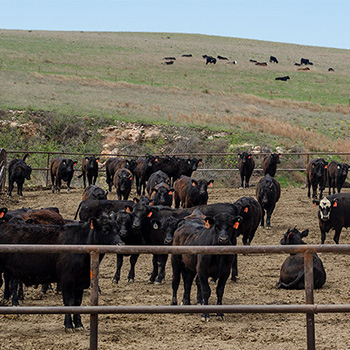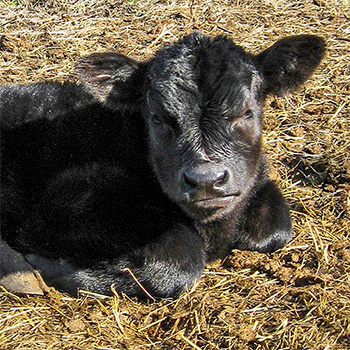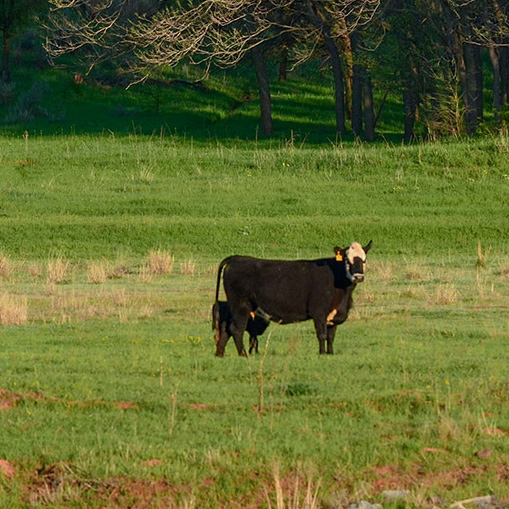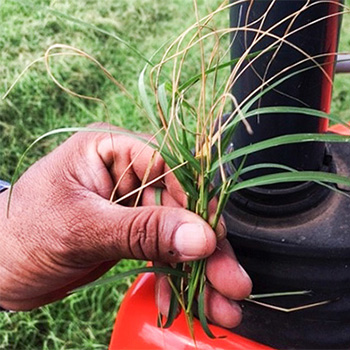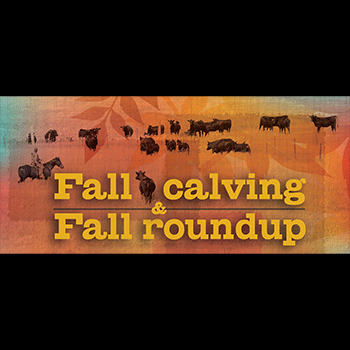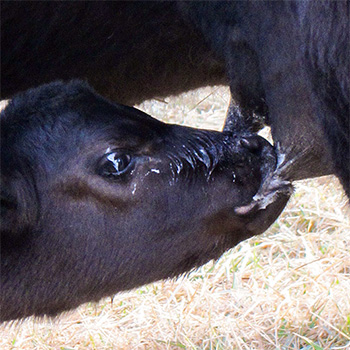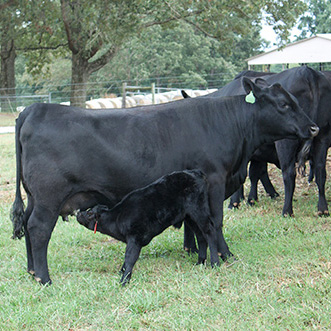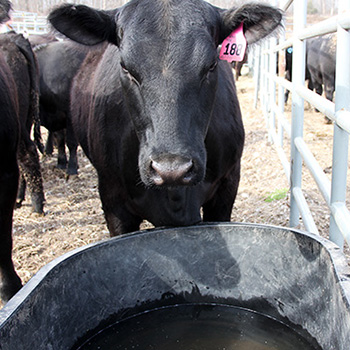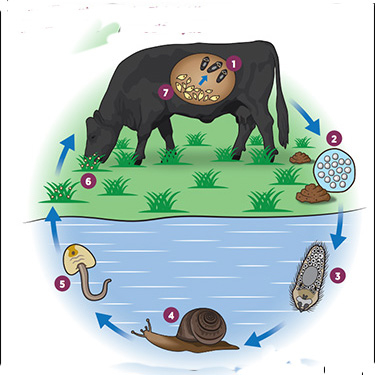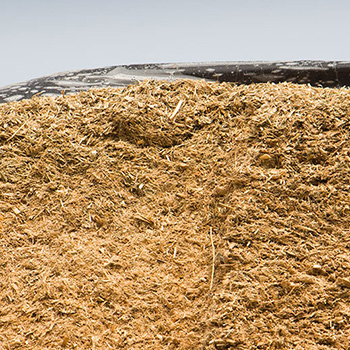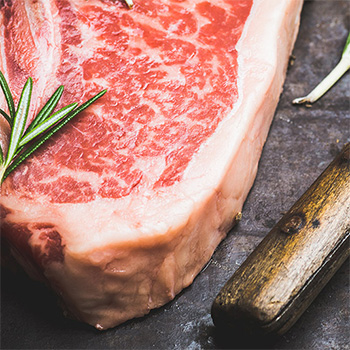Colostrum for Newborn Calves
Quality and timing of first nutrition is crucial to a calf’s success.
No matter what time of year you calve, it is always important to make sure the calf gets an adequate amount of good-quality colostrum very soon after birth.
Summer and fall calves are often born more easily than winter calves and may get up more quickly to suckle. They also have the advantage of not getting chilled before they can accomplish their first nursing. In cold weather it’s imperative to get colostrum into a calf before it chills. If it’s born during warmer weather, there is a slightly longer window of time to get the job done.
